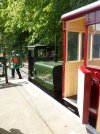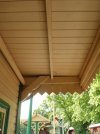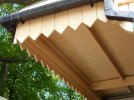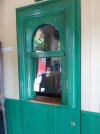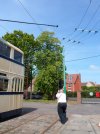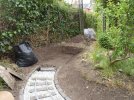Thank you David, Brian and Simon for your most welcome replies. You are all quite right of course! No amount of coning will alter the effect described, where wheels of all vehicles rotate on an axis which will always be at odds with that of any curved rail.
This particular problem is what I believe Cleminson and Heywood, among others, attempted to address, but the roughly similar solutions effectively required a third axle in order to achieve it!
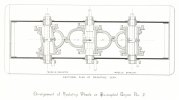
Properly profiled and coned
steel wheels would be the most desirable, let alone obvious choice! The problem for me is both the eyewatering cost of equipping our stock with same, and not having a lathe (or experience operating one) or other appropriate tools in order to set any up to our peculiar gauge!
The Horwich, 18 inch gauge railway is what I am basing ours on, where only the locomotive had coned wheels - while all other stock had flat profile, free running wheels on fixed axles.
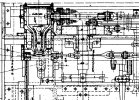
Incidentally, according to my copies of drawings that I have scaled to permit conversion to 5 inch gauge (as above) - the loco wheel profiles and proportions are pretty much spot on for 7.25 gauge - while the plastic ones presently fitted to our engine could be replaced with 7.25NG profile, without having to adjust any of my permanent way!
The terribly tight "Top curve" is also (surprisingly) to prototype scale at 5inch gauge for the 13ft radius of the Horwich system!
I have measured and noted that both the locomotive and tender (driving truck) have a 9 inch wheelbase, which just about goes round, the coal wagons at 10 inches do not at all when under any sort of load, while the bogies - at 5 inches positively sail round with almost zero resistance!
The original Horwich wagons (common) had a wheelbase that scales down to 7 and 9/16 of an inch!
I will have much more play (er, experimentation) with this in the coming weeks... but I will not let it get on top of me. There is so much else to be getting on with before I can snip a ribbon or crack open a bubbly bottle!
Pete.
P.S. Simon is right, that when the loco is pulling, the flanges do get pulled away from the rail in between the loco and tender, but I am still not sure that is the primary cause? Flange contact is full, and at risk of "climbing" at the leading axle - and that, so far, has not happened - nor shown any sign of - thus leading me back to the suspicion that the causes are probably multiple - a combination of too much friction, wagon flanges digging in (though not sufficiently to climb, but adding to the brake effect) and a drawbar issue?!

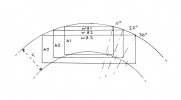


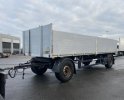

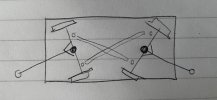
 ) which are:
) which are:

